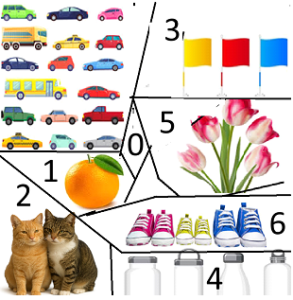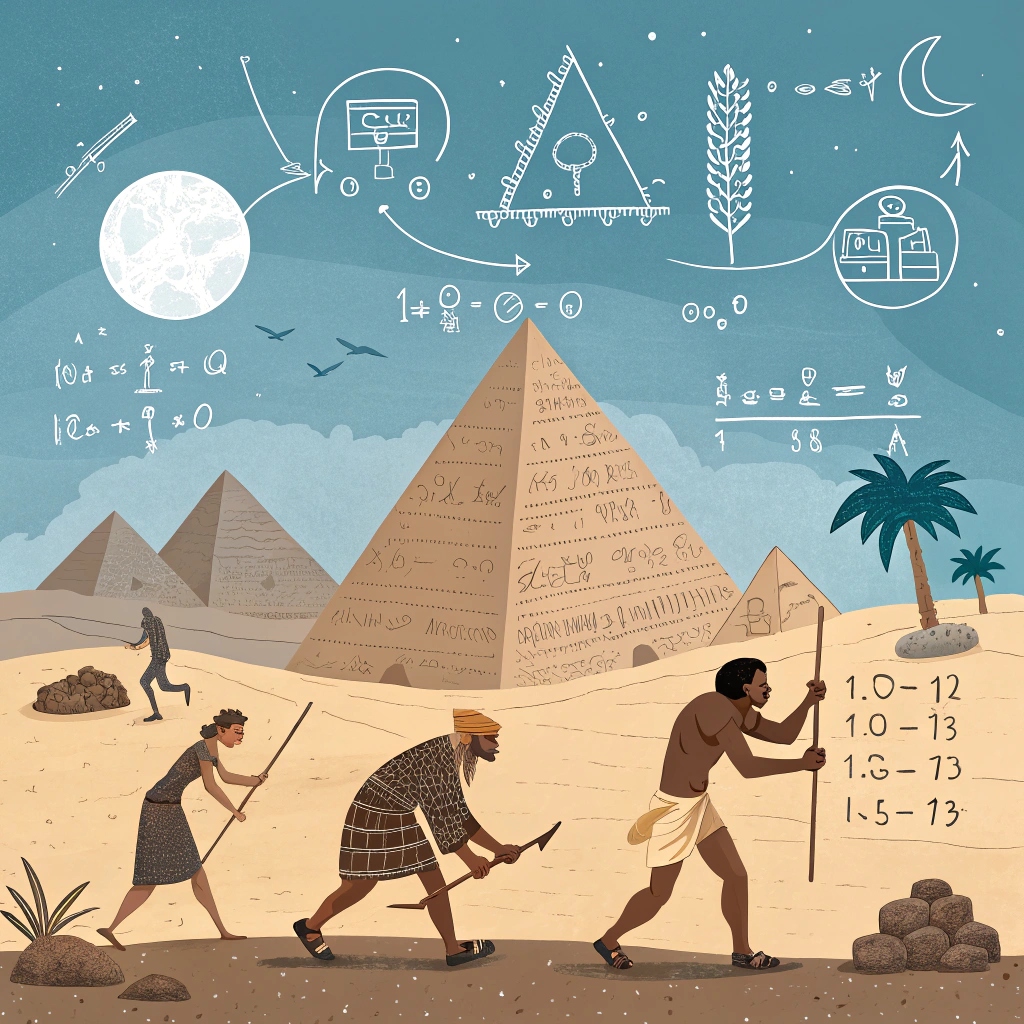Mathematics is known as the mother of all sciences. After knowing it a little and jumping in to the complexity of mathematics, questions comes into the mind of many students of all ages, how this mathematics started, who invented it, how it evolved from simple numbers to complex equations and algorithm. How it started to involve it in daily life for calculating distance, taking measurements for living and working space, diving into deep oceans, flying in the sky in simple words how mathematic became solution for complex problems of daily life from travelling to living and exploring other planets. At first, the answer lies in the Numbers the notations we are using in modern days to represent a value. Many historian and mathematician relates is with the counting problems of early men. Study of prehistoric era reveals it was the counting problem of ancient men to find notations or signs of different counting values so numbers and sign notations came into being and later used for solving problems bigger than counting and using them in multiple matters of life. It means counting problem was always present from the earliest of time and they were counting with available resources like pebbles, sticks and human body points, by reserving one available tool for an item so like today tally method was in use to solve those early counting problems. However, the number system we are using today is also relatable for decimal number system to the human fingers counting until 10, and Binary number system to the pair of eyes, hands and foot counting until 2. However, similar pattern of signs are hard to figure out for human brain as well as for eyes, Eyes are not precise tool for counting multiple objects visually at once, the naked eye can typically recognize and count a small number of objects quickly from three to five. Let us do this

Now the questions arises how the counting for more than 3 to 5 objects represented in ancient times to keep track and pass on the information for later use. There are evidence that civilizations like Mesopotamia (Sumerians), Ancient Egypt, the Indus Valley Civilization, and the Ancient Chinese Civilization (Xia Dynasty) were using their own pattern for recognition of a number in various combination and most primitive found is principle of base two. According to this rule mark one and two by similar notation and then use combination of them to count more.

There are some system used to count based on 3, 4 or 5 (five might be based on the fingers of a hand.) in given manner.

With the passage of time, need to maintain larger records and series of identical signs became hard to manage for those records paved the path to find solution. As it was difficult to organize identical signs for manipulating further information, need rose to define them in a system easy to handle easily and perform some calculation on those signs. Human brain started working to find a way for representation of extremely complex problem of that time.
Taking human intelligence and acumen towards the representation of more than 4 to 5 in discrete manner made it easier for human brain to count rather to muddle in recognition of many identical symbols for quantity of a value. Although from ancient civilizations, evidence shows that they had some numerical techniques to carry out operations to some extent yet they were struggling for numeration. Elementary techniques like one-to-one correspondence indicate that ancient people use to have pebbles, small sticks, bones, dried nuts or some dry fruit to keep record of counting some objects by matching and counting. History also notices the count matching from fingers in left hand and foot to right hand and it also include eyes, lips, nose, ears, arms, elbow, knees and ankle. Now this modern world is still using to teach children the match and count method, tally method or one to one correspondence by counting on our fingers but not the other body parts. With the answer of how ancient men counting, question arises what they were counting and what is the application of counting in that period. Study of ancient time reveals that ancient men left some marks in the field of astronomy and architecture. In the field of architecture, they used to measure height of tree and cave by measuring their shadows.
We get answer that is more precise in astronomy for application of early manipulation of counting; they were counting phases of moon and giving birth to the concept of month. People of early ages were able to mark their festivals around the year on particular day by simply marking the count of new moon and then days of a month and estimated the concept of year. Now comes the idea of giving numeration to the days of month either 29 or 30 in lunar month and approximately 354 days in a lunar year. It seems now the evolution of counting to numeration and need to represent numeration was far beyond the counting tools like pebbles stick and body points. Counting to numeration gave idea of symbol for each number and human brain started to absorb symbol for counting and manipulation some basic calculations in their daily life problems like counting of cattle, moon, and days and may be walking steps in a direction led towards the natural number. Now count in the reverse direction and unmark the every mark of counted item at the end ancient men left with nothing, this idea of nothingness is leading to the concept of zero. After finding and understanding the concept of nothingness zero is included in the number system.

